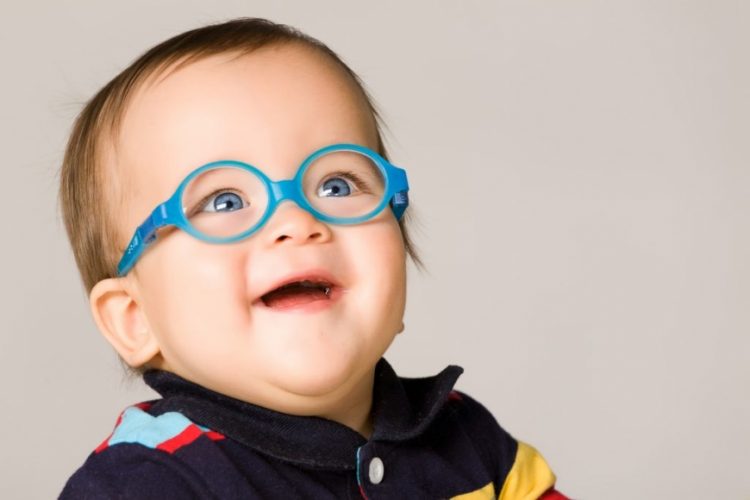A few fundamental aspects must first be addressed to understand the principle of glasses. People with visual impairments need glasses. But what exactly does the term “visual impairment” mean, and what are the causes? Let’s take a brief look at the interdependencies.
Healthy eyes refract light in specific ways to create a sharp image in the center of your retina. If the shape of an eye differs from the commonly accepted ideal shape, refractive errors can occur. As a result, the image is no longer displayed sharply, resulting in blurred vision or visual impairment.
Myopia and hyperopia are among the most common types of visual impairment. Myopia is caused by an eyeball that is too long or by a lens that cannot flatten sufficiently. In contrast, farsightedness occurs when the eyeball is too short, or the lens cannot bend enough. Another common cause of visual impairment is abnormalities in the cornea’s curvature. However, all these forms of visual impairment can be compensated with the help of glasses and contact lenses.
How Do Glasses Compensate For A Visual Impairment?
As we have just explained, the main function of a pair of glasses like usa made sunglasses is to refract light so that the eyes, despite their different shape, display a sharp image on the retina. How does it work exactly?
Glasses In Case Of Myopia
People with myopia need glasses with a concave lens. In this case, the lens should be thin in the middle and thicker toward the edge, with the concave lens (also called the negative lens) functioning as a diverging lens. The light rays are thus separated from each other by the glass. In a myopic eye, the focal point of light is usually in front of the retina. The diverging lens then moves the focal point towards the retina, allowing sharp vision to be obtained.
Glasses In Case Of Farsightedness
To compensate for hyperopia, wearing glasses with a convex lens is necessary. A convex lens (also called a positive lens) is thicker in the center than at the edge. With a convex lens, the rays of light, which should only meet behind the retina, are deflected directly toward the retina. Therefore, the focal point moves forward and lands on the retina, improving sight.
Glasses In Case Of Abnormal Corneal Curvature
The glasses like military pilot sunglasses for example work differently if the corneal curvature is abnormal (also called astigmatism). Indeed, a different degree of curvature of the cornea leads to a distortion of the focal point, which is then perceived as lines. To compensate for astigmatism, glasses must have special cylindrical lenses. These are curved differently depending on the orientation. The light is thus refracted more strongly in one plane than in the other, which neutralizes the curvature.

